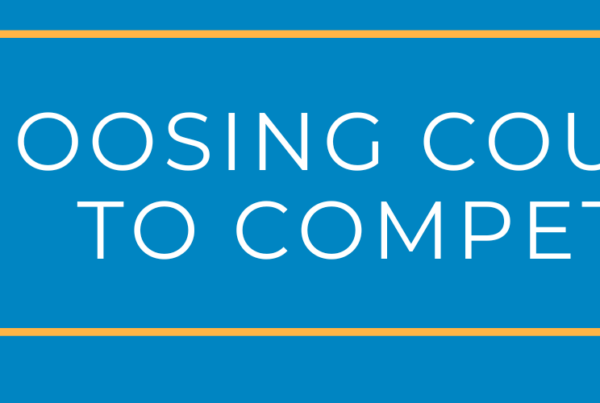 By Brenda Ward
By Brenda Ward
Next year, here it comes! Within the month, students will be choosing their classes for the 2020-2021 school year, so please take note: this is not a task to be taken lightly.
Rigor of curriculum is one of the top three factors colleges consider when making their admission decisions, so choosing classes is worth some time and careful consideration.
Strategically, the student’s schedule should be in line with the schedules of other students applying to similar colleges. If a student is looking at highly selective colleges, admission counselors will expect a similarly high level of coursework. Without similar rigor, the student’s application will be at a significant disadvantage. The challenge is in predicting how much rigor is just right–an occasional B in a rigorous class is worth it; too many B’s and C’s, however, is a sign that the schedule was too much.
There are other important factors to consider when choosing classes: work/life balance, teachers, and interests, to name a few. I like to consider three categories of courses when students build their schedules:
Have-To’s: Not much choice here. These are the “musts,” courses that are required for high school graduation or to fulfill the prescribed minimum requirements for admission to specific colleges. (The UW-System and University of California schools, for examples. University of California schools require a full year of fine arts in the same subject area!)
Want-To’s: These are the classes of the heart, the classes students want to take for various reasons. Maybe the course is taught by a favorite member of the faculty; maybe there’s a tantalizing trip involved; maybe the subject is of passionate interest to the student. Maybe the class is just fun.
Going-To’s: And then there are the “going-to’s,” the classes that make the student more competitive in the college admission process. Often, the “going-to’s” and the “want-to’s” are in conflict. After all, there are only so many periods in a day, and if a student is lacking enthusiasm for a particular course, is it still wise to take it just for the sake of college admissions? What if the course is going to make the student stressed and miserable?
The answer to these questions requires thought and awareness. What are the student’s aspirations and to what level of colleges does the student plan to apply? Highly selective colleges admit students whose schedules push the core curriculum to the limits. This means several AP courses, the most advanced math for which the student is eligible, rigorous writing courses, advanced levels of world languages, and humanities courses with challenging texts. After all, that’s the kind of academic challenge and focus that will be expected in classes once enrolled at these prestigious colleges.
Please note: I am talking about expectations of highly selective colleges. Students do not have to fill their entire schedules with AP, IB or advanced courses for all colleges; expectations depend on the selectivity of the colleges on the student’s list.
The pressure on students is a real concern, and mental health is a topic of much conversation in the news and on campus. As a former high school teacher and counselor, I believe that academics should require sustained and serious effort. I also believe that, as a result of that effort, the student should experience success. A schedule that is too challenging will be counter-productive. First, the student’s confidence and well-being will be at risk, and second, a significant drop in grades will negate the admissions advantage of the rigorous schedule.
In the end it’s all about fit—academic fit. A student’s success in college is not solely determined by the college the student attends but really by the experience the student creates on that campus. It’s the same for high school schedules: look for the sweet spot where the student experiences some academic stress, but not too much, along with academic success.




